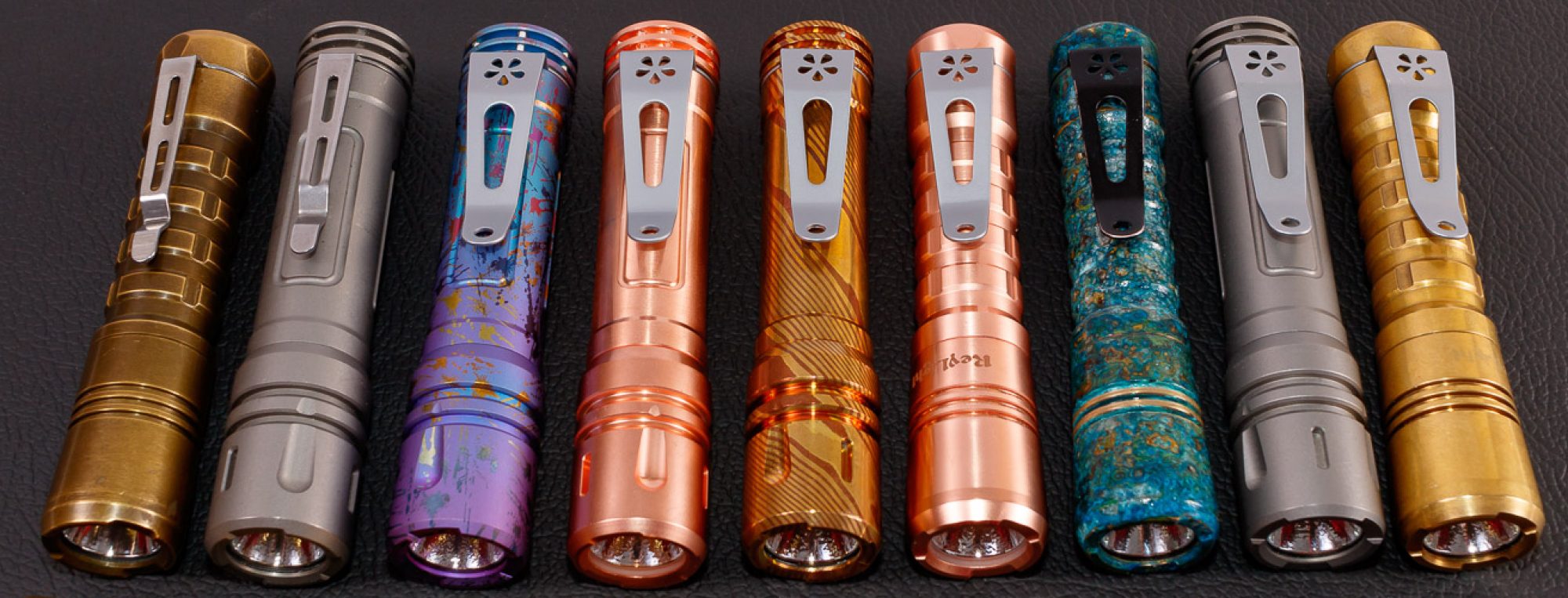I have reviewed several keychain style flashlights and due to size, I end up taking many of them off. This is where the Olight i1R is different. It’s seriously tiny yet is a completely functional bright light for brief uses offering 5 and 130 lumen modes. Thanks to Olight for providing this to me to take a look at. I am also doing a giveaway over on my Youtube channel an Olight i1R to a lucky viewer in North America.
Full Image Gallery: https://imgur.com/a/QvnqSTC
YouTube Version of this Review + Giveaway:
Packaging
With such a small light it also has a small packaging. The i1R packaging follows the recent several Olights of being a white heavy cardboard box with a plastic tray inside. It contains the light itself with its built in battery and split ring already attached, a olight branded micro USB cable and the manual.




Construction
This light is built from nicely machined black anodized aluminum. The light has a little bit of straight knurling on the head that provides good grip to twist the light on and off. Twist off the head completely and you get the microUSB connector for recharging. The light weights 0.42 ounces and is only 41mm in length. It’s also IPX-8 rated and I can attest it will survive a few drops from waist height onto ceramic flooring.





Compare to a few other small lights and objects.
https://i.imgur.com/naJ06cR.jpg
https://i.imgur.com/IS4qEgw.jpg
https://i.imgur.com/kHePoYY.jpg
https://i.imgur.com/5TAXPm5.jpg
On the back there is a simple diagram showing you which way to turn the light to make it work. From off, turn it clockwise and first you will get low, keep twisting and you get high. Turn to the light left until it turns off.

LED + Runtime + Charging
The LED in use is a Philips Luxeon TX in a pleasant cool white. The beam pattern is smooth with no artifacts or hot spot.


The battery is an internal and sealed lithium ion 10180. This is unfortunate. It’s also been mentioned that it doesn’t have low voltage protection over on Budget Light Forums. At this price point I can live with a sealed battery but I think it really needs LVP for protection. Overly discharging the cell once isn’t that dangerous but charging it again can be more dangerous. For a light that’s aimed at the mainstream consumer it’s something that it should really have.
In Low mode of 5 lumens, Olight rates it as being able to produce light for 7 hours, and on high 130 lumens, it’s rated for 20 minutes. I made one discharge graph from high and it lasts a bit longer than 20 minutes. It creates a S curve as it discharges losing lumens slowly the entire time. I stopped my test at 30 minute mark and the battery measured 2.82V.



Charging is accomplished via the built in microUSB port that can be found if you completely unscrew the head. There is a fairly bright red LED under the white plastic positive end that stays on until the light is charged when it turns green. Charging happens fairly slowly as you would expect from a small battery like this. In my test it took 65 minutes at 0.08A maximum speed.
Giveaway
Olight has provided me a brand new i1R in the box that I will be giving away to a viewer on June 12th 2018 to my North American audience. I will be using Glem.io and have a link in the description below. To enter you will need to make sure you subscribe to my YouTube channel. I will have a few other ways you can increase your chances at winning in the description over on YouTube.
<a class=“e-widget no-button” href=“https://gleam.io/i2Cnr/olight-i1r-giveaway” rel=“nofollow”>Olight i1R Giveaway</a> <script type=“text/javascript” src=“https://js.gleam.io/e.js” async=“true”></script>
Conclusion
The Olight i1R is simple but effective keychain light that is really small and lightweight. It’s not exactly what enthusiasts would want since it lacks a removable battery and Low voltage protection, however at this price point of under $20 I think this will be a hit. My girlfriend wants it to replace the Nitecore Tiny she had had on her keys because it’s smaller and won’t activate as easily. I think for what it is this is a perfectly adequate light and plan to put it on my keychain for a backup light to use for short periods of time. I do think it should have LVP added and hopefully they are able to do that. Overall I like the Olight i1R because of it’s small size, relatively high output and affordable price. Check it out at the Olight Store. or on Amazon.

















